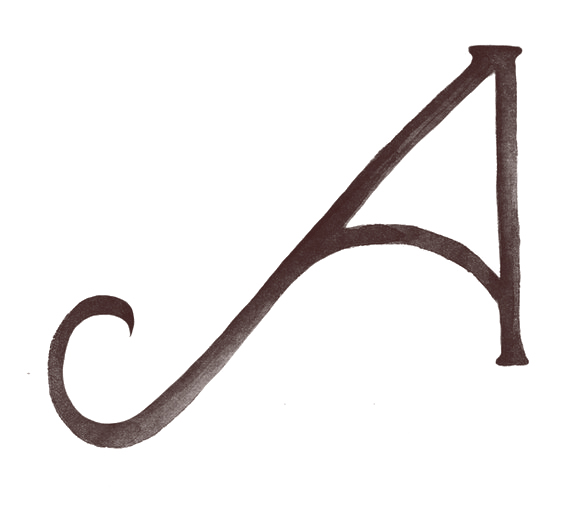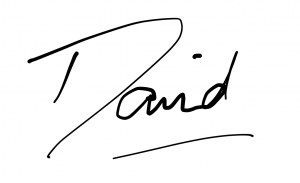The art of sorting information for your book
I'm currently working on the early stages of two separate ghostwriting projects.
In both cases I'm starting with good quantities of raw material. In one case I have transcripts from interviews amounting to about 80,000 words, about three times the target length of the final book. In the other case I have an early draft to work with plus some new material – and a few gaps to fill.
My job now, in both cases, is to sort out the existing raw material and start to give it some shape. From there I'll be able to create initial rough outlines, which will help with refining the material (in the first case) and identifying gaps (in the second).
The sorting step is a point where many inexperienced book writers can get bogged down. The task often seems insurmountable, especially when you have a lot of material, some of which is written down and some of which is still in your head. It's a bit like cleaning out our home's roof space when it is so clogged with 20 years worth of clutter that I CAN HARDLY GET THE DOOR OPEN TO MAKE A START!!! (Did I say that out loud? It's another story and I shouldn't bother you with it.)
The trick to it (sorting for your book, that is) is to approach the task with a very open mind. No rules, no preconceived ideas.
What you want to do is break the information up into manageable chunks, each chunk encompassing just one theme, one example, one story or one point.
A physical method of doing this would be to use sticky notes or index cards, with one 'chunk' on each note or card. It's difficult to explain this without doing it, but briefly the idea is to start by getting everything onto notes without making any attempt to sort them at the outset. Just get the information down. Spread the notes across a wall, whiteboard or table.
Once you have all the information 'chunked', then you can start sorting. Start to group together notes that have some relationship to each other. Add 'heading notes' as the groupings start to take shape. Keep sorting and shuffling both groups and notes around until, in the end, you have what are starting to feel like some 'natural' chapter headings. You may have some sub-headings as well.
The way I approach sorting is to work digitally. I use a powerful piece of software called Scrivener (reviewed previously here and available for Mac and Windows). It allows me to bring all the raw material I have – interview transcripts, early drafts, powerpoint slides, etc. – into a 'research' folder within the program. From there I can break the content up into chunks and sort them onto virtual index cards just as I would if working with paper notes.
Other software options include Ulysses on the Mac (similar to Scrivener but less complex/sophisticated) and Microsoft's OneNote on both Mac and Windows.
When writing Scattered Pearls we had 2500 pages of notes to start with. Sorting them out was a major exercise, to say the least, and took a good amount of time. But sorting is a classic 'keep putting one foot in front of the other' scenario, and eventually we got there. You can too. And believe me: the time investing in sorting out will make your drafting stage easier and more effective.
May your words pour onto the page,


